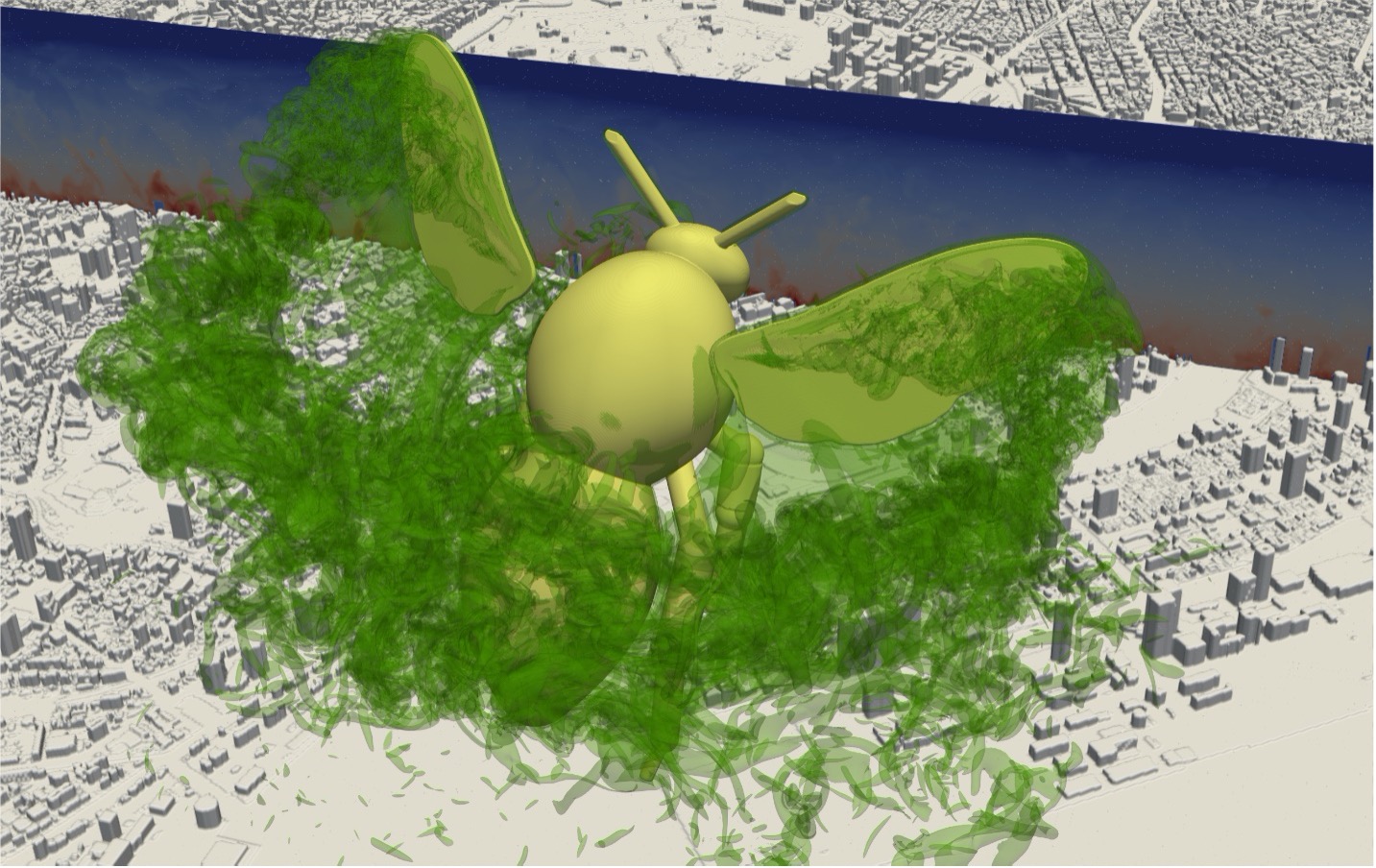Urban Canopy Turbulence and Ecosystems
In a forest, the part of the branches and leaves that directly receive sunlight is called the canopy, under which a variety of plants and animals live. In the same way, the area that encompasses a forest of high-rise buildings is called the urban canopy. Many humans coexist with a variety of plants and animals in this urban canopy. From a microscopic point of view, the turbulent conditions in the natural canopy and the urban canopy are very different. Trees have a complex shape (fractal shape) that sways and moderates the wind, resulting in a relatively calm wind environment within the natural canopy. Urban buildings, on the other hand, have relatively simple shapes and are essentially unmoved by wind. From a macroscopic point of view, urban buildings dampen winds, but from a microscopic point of view, they can also produce gusts in the form of building winds. In other words, the wind environment within the urban canopy is not as calm as it could be. We are interested in the effects of these different wind environments on individual plants and animals, as well as on ecosystems. Specifically, We are conducting numerical analyses of insect flight in various wind environments, and numerical analyses of the interaction between wind and fractal-shaped trees.


Image of numerical analysis for insect flight (left), Numerical domain diagram for a tree with fractal shape (right)